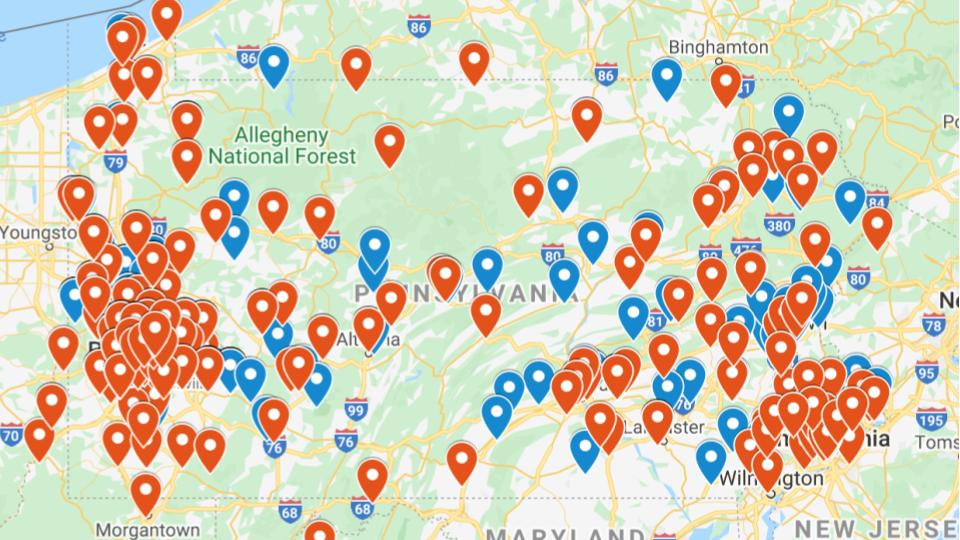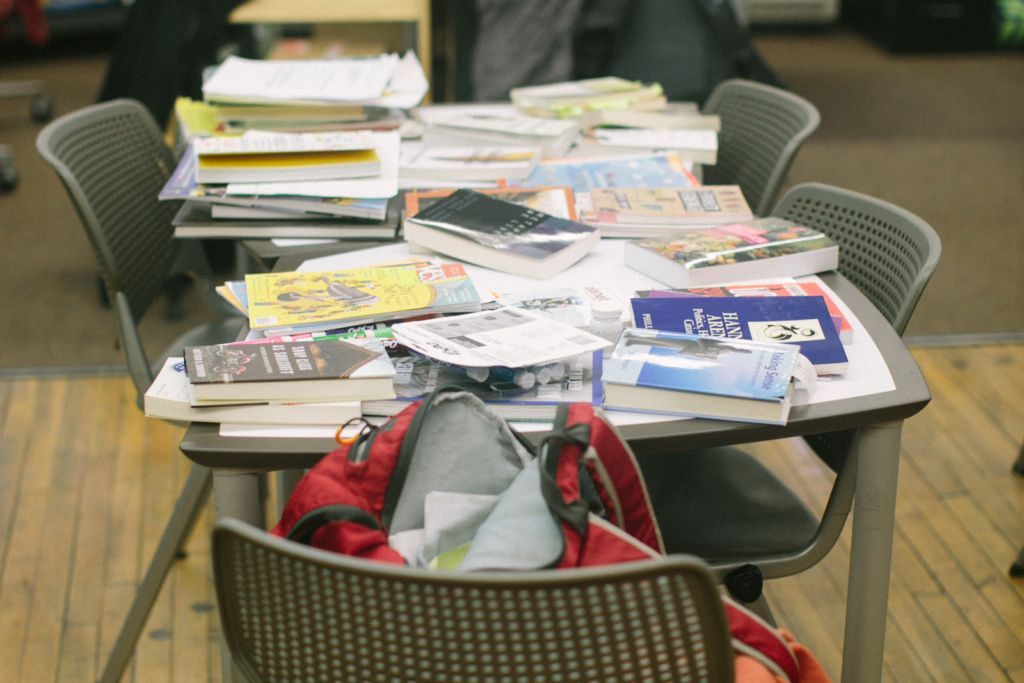Before Remaking Tomorrow: What Comes Next? was published, and even before the Panel on Innovative Teaching and Learning convened this spring, a team of researchers from the University of Pittsburgh School of Education and the Pennsylvania Department of Education partnered with Remake Learning to survey educators about their experiences during the pandemic.
Our goal was to identify learning innovations that emerged during (and in spite of) the pandemic and illuminate the obstacles that inhibited teaching and learning during this incredibly challenging time. Together with qualitative data collected during educator listening sessions—conducted around the same time—our survey findings provided the foundation for the panel’s recommendations for post-pandemic learning.
We were tasked with collecting the data needed to chart an informed path forward and to help scale change for schools and learners across the region, state, and beyond.
We received an overwhelming response to our call for surveys, hearing from 912 educators, school administrators, and adults who educate children at home. They shared with us what worked, what didn’t, and what they were planning to prioritize in the months ahead.

Here are some highlights from what we learned:
Many educators felt they had successfully integrated technology into curriculum, and had tapped into new personalized learning approaches.
When asked what went well with learning this past year, many respondents talked about the successful integration of learning technologies into curriculum development and delivery. Specifically, educators noted that personalized learning approaches, such as hybrid and virtual technology instruction, made it possible to tailor teaching and assessment to the diverse needs of learners.
In the words of one educator:
“I have taught for 23 years. I would have never dove into technology without a push. I would say, this is not the push I wanted…but I have incorporated many elements of technology that I would not have otherwise considered. I will continue these practices.”
Students’ social-emotional learning suffered during the pandemic, as did overall student engagement.
In response to the question, “Other than device and Internet access, what obstacles prohibited learning this past year?”, many respondents noted that the social and emotional needs of learners were not being met. This resulted in less student engagement, a lack of assignments being submitted by students, and less conversation and collaboration among students.
Educators ranked “learner engagement” second in terms of elements that worsened during the pandemic. Learner engagement also ranked third in overall mentions in open-ended responses.
According to one teacher, the biggest obstacle during the pandemic was social distancing, because it interrupted relationship-building efforts and didn’t allow teachers to connect with students. They added that this also “affected students in that they were not able to interact with their classmates on an educational, social, and emotional level.”
Most educators increased their methods and frequency of communication with families during the pandemic.
When asked about the “small but powerful things” educators did to promote learning this school year, many respondents discussed the creation of virtual activities for students and increased communication with parents. This included efforts to engage families in one-on-one ways through virtual office hours, virtual meetings, phone calls, emails, and anonymous surveys to check on the emotional wellbeing of students.
One teacher shared:
“I have made more personal calls with students to check on their well being in order to [build] stronger connections, more support, and participation, which has resulted in increased trust and communication.”
Educators’ use of technology to communicate with families and check on the emotional wellbeing of students was one of the main findings from our survey.
As one educator described:
“I believe the biggest take away from last year would be the ability for educators to communicate with families remotely and more frequently. For many districts and early care programs they have had increased communication with families through technology and it would truly be a waste if we didn’t keep that option available moving forward.”
—
These and other survey findings helped the panel to make dozens of recommendations for the future of learning, both immediate and long-term. They relate directly to the insights our respondents’ offered on technology, scheduling, partnerships, student/staff supports, teaching practices, and professional development. It’s our hope that these recommendations will fuel future teaching practices and policies that lead with justice, embrace innovative methods, and prioritize relationships for every student.
You can explore all the recommendations and more survey data in Remaking Tomorrow: What Comes Next?
Author: Erin Gatz, Remake Learning Research Fellow
